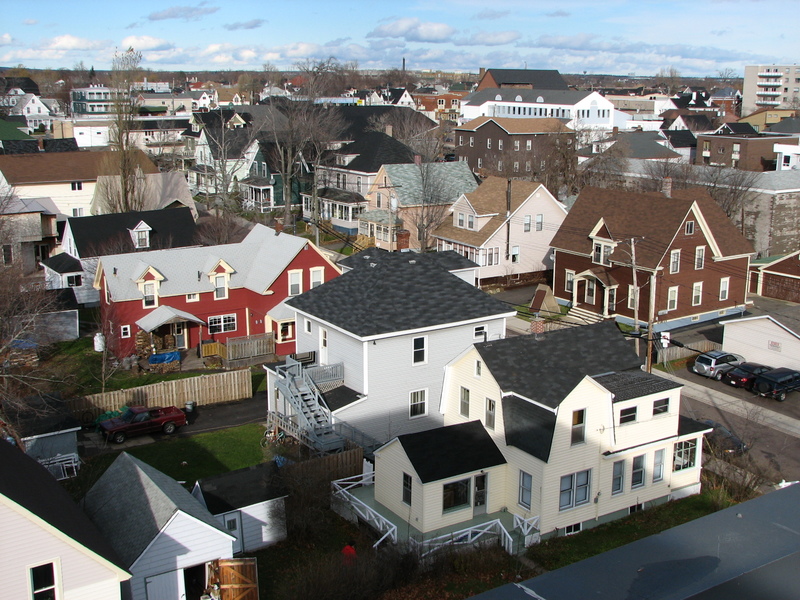Code Green Solutions


It is widely recognized that the structure of the built environment influences health. However, there is currently not a mechanism for investing in the development of health-promoting property. The health impacts of real estate development operate as economic externalities and there is not a clear pathway for public health research to inform practice within the real estate industry. This serves as the impetus for an article released yesterday in the premiere health policy journal Health Affairs spearheaded by USGBC Senior Research Fellow, Matt Trowbridge*.
The article, “Building Healthy Communities: Establishing Health And Wellness Metrics For Use Within The Real Estate Industry,” argues that without health and wellness metrics that are specifically targeted for use within the real estate industry, it will be challenging for developers to target improved health outcomes in their work. Similar to the early days of the green building movement, the lack of transparency around the positive and negative health impacts of real estate projects limits market incentives for health-promoting innovations. The authors state that currently both the health costs and benefits associated with real estate development projects are hidden, not able to be considered by decision makers during the design process.
While the public health and healthcare sectors have a number of metrics developed for their purposes, these metrics are often times not useful within the real estate industry. For example, common community health metrics such as infant mortality rates are too far upstream or “distal” for use by real estate developers. The authors suggest that the health metrics needed for actionable use by the real estate industry will need to be:
Although the lack of these health metrics optimized for use within real estate is a hindrance to market innovation, the article does present a case study of a “real-world experiment” that is ongoing in Denver. The Mariposa project is a development created through collaboration between the Denver Housing Authority, Mithūn Design and Enterprise Community Partners. The project is unique because developers prioritized health from the start and conducted a full health impact assessment to properly analyze potential positive and negative health impacts of the development.
Real world innovations such as the Mariposa project provide evidence of what can be achieved through robust collaboration. Moving forward, focused partnership between green building and public health will enable the creation of metrics that will systemically shift the real estate market towards health-promoting properties as the norm rather than the exception.
___________________
Access to this special issue of Health Affairs is provided by the Robert Wood Johnson Foundation: http://www.rwjf.org/en/research-publications/find-rwjf-research/2014/11/health-affairs-november.html.
This post is also available on usgbc.org
*Matthew Trowbridge is a physician and Associate Professor at the University of Virginia School of Medicine, his work with the U.S. Green Building Council is supported by the Robert Wood Johnson Foundation.